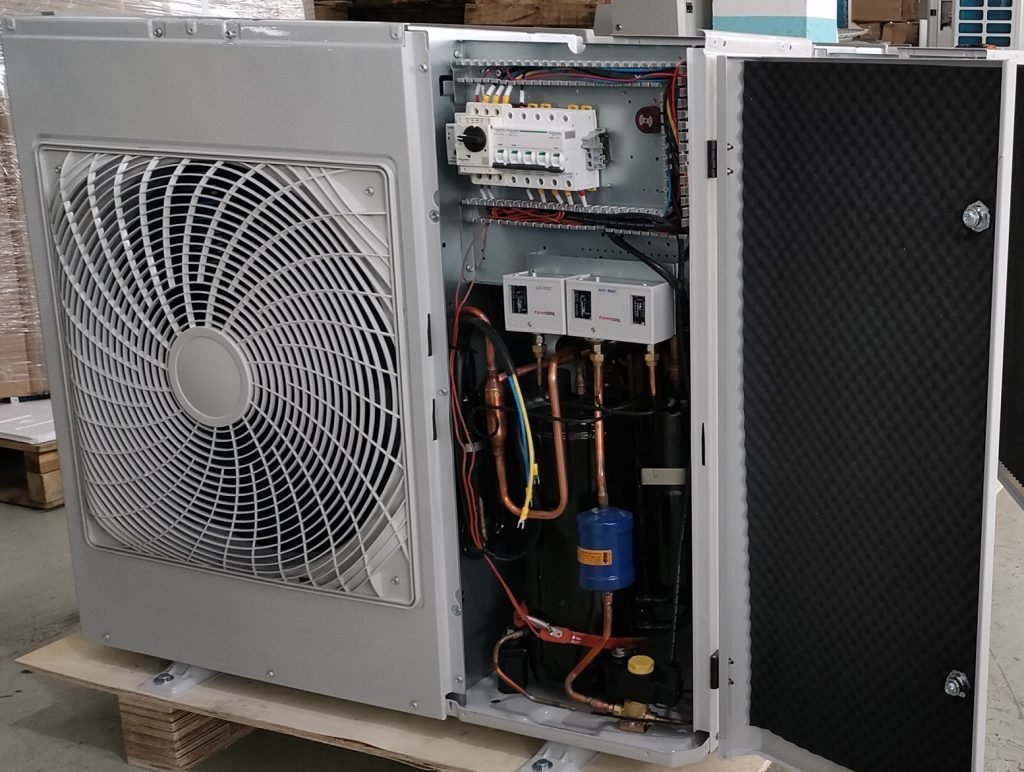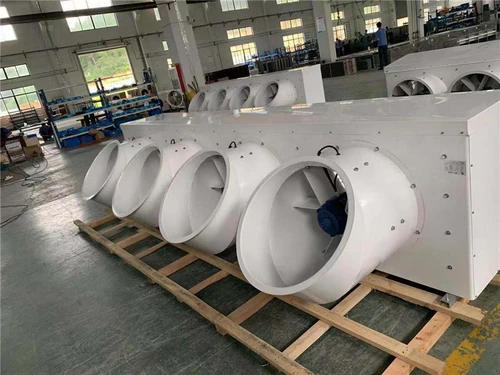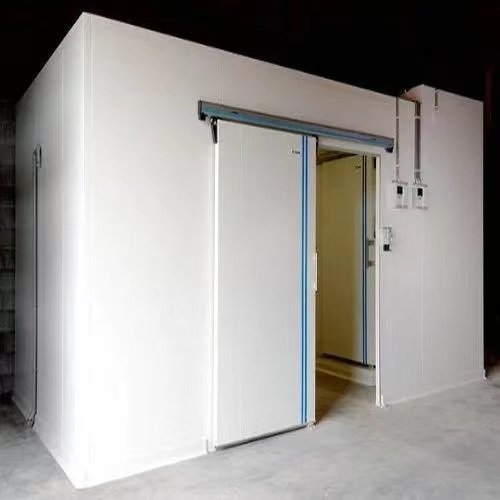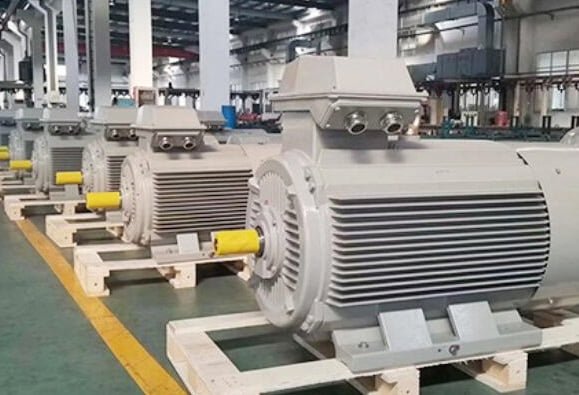Medical cold rooms, also known as pharmaceutical cold rooms or vaccine refrigerators, are special Refrigeration units used for storing temperature-sensitive medical and pharmaceutical products. These products include vaccines, blood specimens, medications, and other biological materials which require a specific temperature range for preservation and safe use.
Medical cold rooms are designed to maintain normally a consistent temperature range of 0°C ~ 8°C, which is required for the safe storage of most medical products. These units are equipped with temperature sensors and alarms to ensure that the temperature remains within the desired range. In addition, they often have backup systems such as generators and battery backups to ensure that the products remain at the proper temperature even during power outages.
| Cold Room Types | Humidity (%) | Temp (℃) | Typical Stored Items |
|---|---|---|---|
| Vaccine | 45~60 | 0~8 | Vaccine, pharmaceutical |
| Medicine | 40~65 | 2~8 | Medicine, biological products |
| Blood | 40~70 | 1~6 | Blood, biological products |
| Low temp | 35~70 | -20~-35 | Plasma, biological materials, vaccines, reagents |
| Ultra low temp | 45~75 | -30~-90 | Placenta, sperm, stem cells, plasma, bone marrow |
Medical cold rooms come in various sizes, ranging from small countertop units to large walk-in freezers. They can also be customized to fit specific needs, such as special storage compartments or temperature ranges.
Medical Cold Room Benefits
1. Temperature stability
Medical cold rooms can maintain a precise temperature range of 0°C ~ 8°C, which is the required temperature range for many medical and pharmaceutical products, ensuring their safety and efficacy.
2. Humidity control
Medical cold rooms can control the humidity level to prevent the accumulation of moisture on the products’ surface, ensuring their quality and effectiveness.
3. Alarm monitoring
Medical cold rooms are equipped with temperature and humidity alarms that alert users if the temperature or humidity levels go outside of the specified range. Some medical cold rooms also can remotely monitor.
4. Backup systems
Medical cold rooms often have backup systems such as generators or battery backups which can maintain temperature control during power outages.
5. Shelving and storage compartments
Medical cold rooms have adjustable shelving and storage compartments that can be customized to accommodate different-sized products, meeting a variety of storage needs.
6. Product safety
Medical cold rooms provide a safe and reliable storage solution for medical and pharmaceutical products, ensuring their safety and quality.

7. Regulatory compliance
Medical cold rooms are designed to comply with industry standards and regulations, ensuring that products are stored and handled in a manner which meets regulatory requirements.
8. Cost-effectiveness
Medical cold rooms can be a cost-effective solution for storing temperature-sensitive products, as they reduce the need for expensive alternative storage methods, such as dry ice or liquid nitrogen.
9. Improve inventory management
Medical cold rooms can help improve inventory management by providing the real-time temperature and humidity data, allowing users to easily monitor and track inventory.
10. Increase shelf life
By maintaining the proper temperature and humidity levels, medical cold rooms can help extend the shelf life of products, reducing waste and saving money.
11. Multi-function
Medical cold rooms can be used to store a variety of temperature-sensitive products, such as vaccines, medications, blood specimens, reagents, etc.
12. Environmental friendliness
Medical cold rooms are environment-friendly design, with energy-efficient features such as LED lighting and high-performance insulation, reducing energy consumption and carbon emission.
Medical Cold Room Emergency Measures
1. Backup power supply
Medical cold rooms should have backup power supplies such as generators or battery backups to ensure the temperature control system remains operational during power outages.
2. Temperature monitor
Temperature monitoring systems should be in place to continuously monitor the temperature of the cold storage units. If the temperature goes outside the acceptable range, will trigger the alarm, then you should take appropriate action immediately.
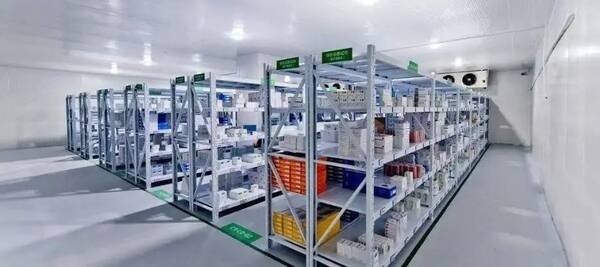
3. Emergency response plan
Medical cold storage facilities should have an emergency response plan in case of a power outage, equipment failure, or other emergency situations.
The plan should outline the procedures to be followed and designate responsibilities in case of an emergency.
4. Regular maintenance
Regular maintenance of medical cold storage units is essential to ensure that they remain in good working condition. This includes cleaning, calibration of temperature sensors, and replacing worn or damaged parts.
5. Communication
Must establish clear communication channels to ensure all relevant personnel are aware of any emergency situations and can take appropriate action quickly.
6. Contingency plan
In the event of a prolonged power outage or other emergency situations, should make a contingency plan to ensure that critical products are not compromised. This may include transferring products to alternative storage locations or taking other appropriate measures to preserve their integrity.
7. Backup storage
Medical cold storage facilities should have backup storage options available, such as portable refrigerators or freezers, in case of a complete system failure or when the main storage unit is full.
8. Security measures
Medical cold storage facilities should have adequate security measures to prevent unauthorized access to the storage units. This may include access control systems, surveillance cameras, and restricted access to the storage area.
9. Regular inventory check
Should conduct a regular check of inventory to ensure all products are accounted for, and any discrepancies should be immediately addressed.
10. Emergency training
Should adequately train all personnel on emergency procedures and protocols to ensure they can respond appropriately in the event of an emergency.
11. Ventilation
During the storage process of pharmaceuticals in cold storage, various odors are inevitable. When these odors accumulate to a certain amount, they may cause irreversible effects on other drugs. Therefore, in addition to having ventilation equipment, you should also pay attention to natural ventilation methods in medical cold storage. You can choose the time for ventilation in the early morning when the temperature is relatively low.
12. Testing and validation
The medical cold storage system should be regularly tested and validated to ensure that it is functioning properly and maintaining the appropriate temperature and humidity levels.
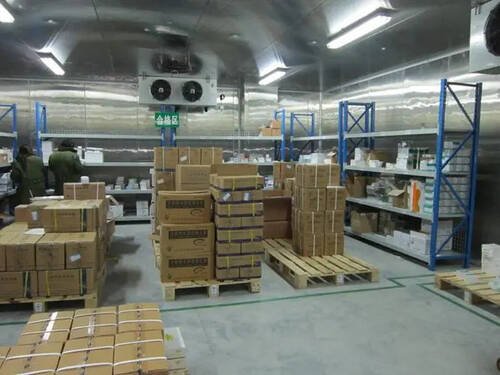
13. Documentation
You should maintain proper documentation of all emergency procedures, including response plans, training, and testing results for future reference.
Normal and Medical Cold Room Differences
1. Temperature range
Medical cold rooms are designed to maintain a specific temperature range of 0°C ~ 8°C, while normal cold rooms can typically maintain a wider temperature range. This narrow temperature range is critical for the safe storage of medical and pharmaceutical products, which require a consistent and precise temperature range for preservation.
2. Humidity control
Medical cold rooms regulate specific humidity levels (35~75%) to prevent moisture accumulation on stored products, while normal cold rooms may not have this feature.
3. Alarm
Medical cold rooms are equipped with temperature and humidity alarms that alert users if the temperature or humidity levels go outside of the specified range. They also have remote monitoring. Normal cold rooms may not have these features.
4. Power backup
Medical cold rooms often have backup systems such as generators or battery backups that can maintain temperature control during power outages. Normal cold rooms may not have this backup equipment.
5. Shelving and storage
Medical cold rooms have adjustable shelves and storage compartments that can be customized to accommodate different-sized products. Normal cold rooms may not have this level of customization.
6. Stored items safety
Medical cold rooms are specifically designed to provide a safe and reliable storage solution for temperature-sensitive medical and pharmaceutical products. Normal cold rooms may not be suitable for storing these products.

7. Insulation panel
Medical cold rooms typically have thicker Insulation panels than normal cold rooms to ensure the temperature remains stable and to reduce the risk of temperature fluctuations.
Chemical Cold Room Features
Chemical cold room has very similar requests as medical cold room, like strict temperature control, humidity level, alarm monitoring, backup, etc, but it also has special features:
1. Corrosion resistance
The walls, doors, ceiling, and flooring of a chemical cold room are made from corrosion-resistant materials to prevent damage from chemical substances.
2. Automated control
A chemical cold room has an automated control system that monitors and controls the temperature and humidity levels within the room.
3. High safety standard
Chemical cold rooms equipped with special ventilation systems and automatic alarm devices to ensure the safety of stored chemicals during storage and transportation.
4. Appropriate layout
The storage compartments and shelving layout within a chemical cold room are designed to prevent chemical reactions or contamination between different chemicals.
| Chemical | Temperature Requirement |
|---|---|
| Acetone | -20°C |
| Acetonitrile | 2-8°C |
| Ammonia | < -33°C |
| Benzene | 2-8°C |
| Chloroform | 2-8°C |
| Cyclohexane | 2-8°C |
| Dichloromethane (methylene chloride) | 2-8°C |
| Diethyl ether | 2-8°C |
| Dimethylformamide (DMF) | 2-8°C |
| Dimethyl sulfoxide (DMSO) | -20°C |
| Ethylene glycol | -10°C |
| Formaldehyde | < -40°C |
| Glacial acetic acid | 2-8°C |
| Glycerol | 15-25°C |
| Hexane | 2-8°C |
| Hydrochloric acid | 15-25°C |
| Hydrogen peroxide | -20 ~ -30°C |
| Isopropanol (IPA) | 2-8°C |
| Methanol | -20°C |
| Methylene blue | 2-8°C |
| Nitric acid | -20 ~-30°C |
| Phenol | 2-8°C |
| Potassium permanganate | 15-25°C |
| Propylene glycol | 15-25°C |
| Sodium azide | -20 ~ -30°C |
| Sodium hydroxide | 15-25°C |
| Sulfuric acid | 15-25°C |
| Toluene | 2-8°C |
| Xylene | 2-8°C |
| Dry ice (solid carbon dioxide) | -78.5°C |
| Liquid nitrogen | -196°C |
Chemicals Temp Request
5. Large capacity
Typically designed chemical cold rooms can accommodate large quantities of chemicals, making them suitable for the storage of chemicals on different scales.
6. Fire-resistant construction
Chemical cold rooms are established with fire-resistant materials to prevent fires from spreading outside the room.
7. Explosion-proof lighting
The lighting fixtures within a chemical cold room will be explosion-proof, which can reduce the risk of ignition from sparks or electrical equipment.
8. Secure access
Access to a chemical cold room is restricted to authorized personnel only, and the room is secured with locks and security cameras.
9. Shelving design
The shelving design in a chemical cold room is typically suitable for storing chemicals in their original containers or specially designed storage containers, while the shelving design in a medical cold room is suitable for efficient storage and organization of medical products.
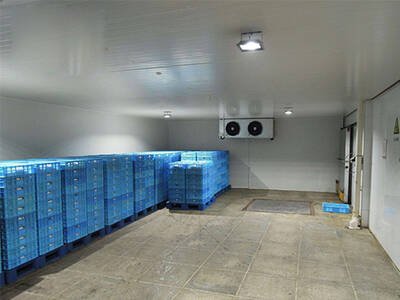
10. Ventilation system
Chemical cold rooms require special ventilation systems to prevent the accumulation of hazardous fumes, while medical cold rooms require airtight seals to maintain a sterile environment.
Conclusion
Cold room is a critical component of any healthcare facility or pharmaceutical company. These special cold storage units are designed to maintain strict temperature and humidity levels to ensure the safe storage of sensitive medical products, including drugs, vaccines, and biological specimens.
Chemical cold room is an essential storage facility for various industries that deal with hazardous chemicals. It provides a controlled environment that ensures the safety of personnel, protects the integrity of the chemicals, and prevents environmental pollution.
With the increasing demand for pharmaceuticals and vaccines, the importance of high-quality medical cold rooms is only set to grow, making them an essential investment for any healthcare provider or pharmaceutical company.
Meanwhile, it is crucial to select the appropriate cold room to ensure the chemicals’ stability and effectiveness.
Any comments?
Welcome leave a message or repost.




